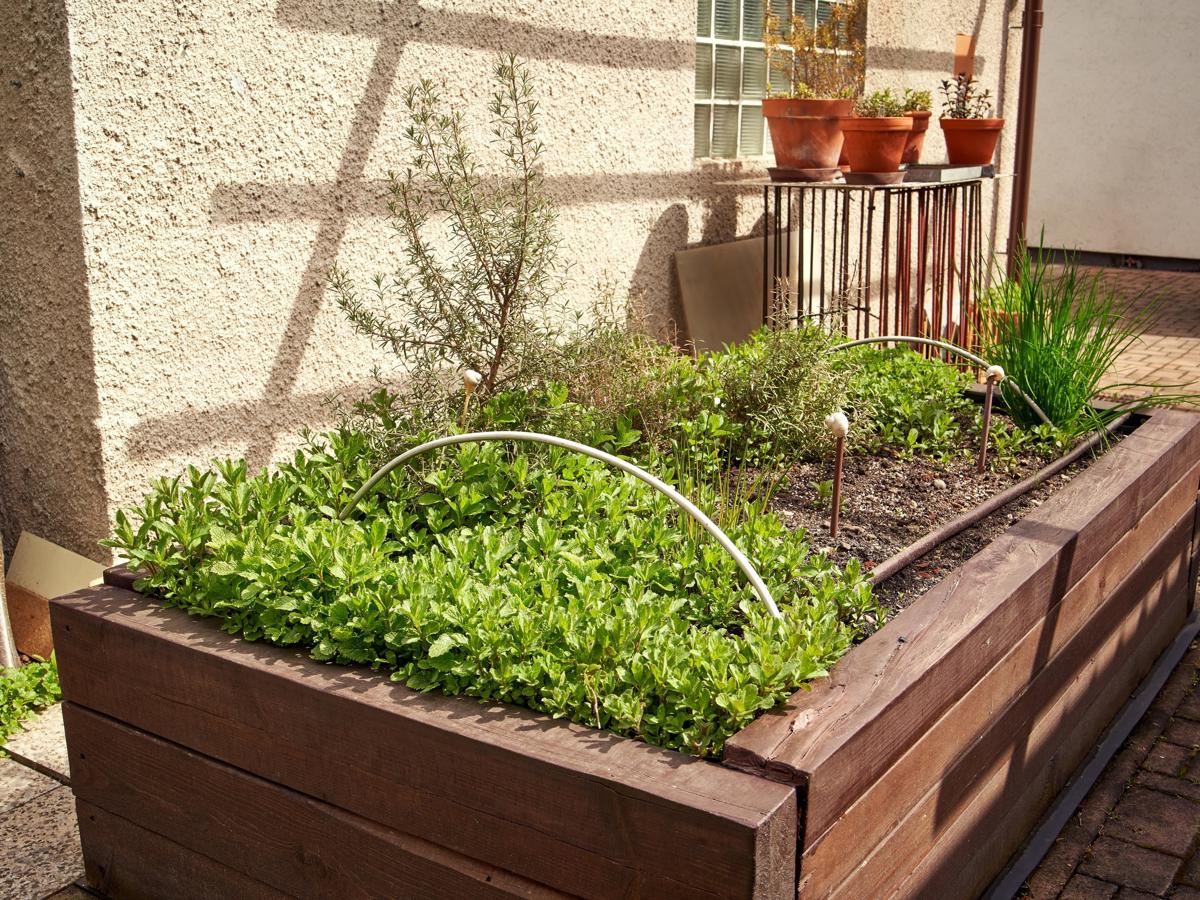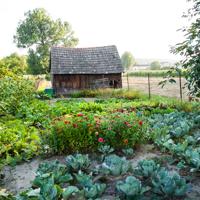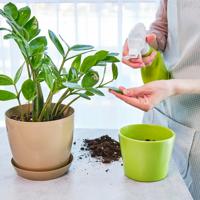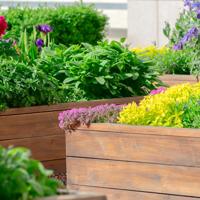Embarking on the journey of creating a perennial herb garden can be a fulfilling and calming experience. Inviting nature into your home in a sustainable and thoughtful way allows for a constant and fresh supply of your favorite herbs. This article aims to provide insights into this delightful venture, offering tips, examples, and considerations. Let’s dig into what makes a perennial herb garden a worthy addition to your gardening endeavors.
Understanding Perennial Herbs
Perennial herbs are those that live for more than two years. These plants come back each season, providing a reliable and low-maintenance source of fresh herbs for your culinary creations. Some well-loved perennial options include rosemary, thyme, chives, oregano, and mint. Each of these herbs brings a unique flavor and aroma, enriching both your garden and your meals.
Planning Your Herb Garden
Planning is an essential first step in establishing a thriving perennial herb garden. Consider the following:
Location
Select a spot that receives ample sunlight, ideally six to eight hours a day. Most perennial herbs thrive in sunny locations, although some, like mint and parsley, can tolerate partial shade.
Soil
Ensure the soil is well-drained and rich in organic matter. Amend your garden soil with compost to improve its fertility and drainage properties. Herbs generally prefer a slightly acidic to neutral pH, ranging between 6.0 and 7.0.
Design
Think about the layout and design. Group herbs with similar water and sunlight needs. Create pathways for easy access and consider aesthetics by incorporating varied textures and colors.
Planting and Growing Tips
Getting your herbs off to a good start is crucial:
Timing
For many perennial herbs, late spring or early summer is the best time to plant. This timing allows the plants to establish their root systems before winter arrives.
Watering
While herbs need regular watering, take care not to overwater. Allow the soil to dry out slightly between waterings. Rosemary, for example, is particularly drought-resistant once established.
Pruning
Pruning encourages healthy growth and helps maintain shape. For herbs like thyme or oregano, frequent harvesting leads to bushier plants. Consider trimming mint regularly to prevent it from overtaking the garden.
Examples of Perennial Herbs
Rosemary (Rosmarinus officinalis)
Aromatic and evergreen, rosemary is excellent for both culinary uses and as a decorative plant. It prefers a sunny location and well-drained soil. While it’s relatively drought-tolerant, rosemary benefits from mulching in colder climates to protect its roots during winter.
Thyme (Thymus vulgaris)
Thyme is versatile and can be used in various dishes, from meats to soups. It’s a hardy herb that prefers full sun and well-drained soil. Thyme’s low-growing habit also makes it a good ground cover.
Chives (Allium schoenoprasum)
With their mild onion flavor, chives are a popular choice in the kitchen. They prefer well-drained soil and a sunny location. Chives can be cut back seasonally to encourage fresh growth. Their delicate purple flowers are also edible and add a pop of color to salads.
Mint (Mentha spp.)
Known for its vigorous growing habit, mint can quickly take over a garden space. It’s best to plant mint in a contained area or pot. It thrives in moist, slightly shaded areas and is a refreshing addition to beverages and savory dishes alike.
Sustainable Practices
To ensure sustainability, focus on methods that support the ecosystem:
- Composting: Use compost to enrich the soil and recycle kitchen waste.
- Mulching: Conserve moisture and regulate soil temperature with organic mulches such as straw or wood chips.
- Companion Planting: Pair herbs with vegetables or flowers that enhance growth and deter pests naturally.
Conclusion
Creating a perennial herb garden is a rewarding project that pays dividends for years. The beauty of growing your own herbs is not just in the flavors they add to your cooking, but also in the experience of nurturing plants that renew themselves over time. With careful planning, sustainable practices, and a bit of patience, you can cultivate a garden that brings both joy and nourishment.
For more detailed advice and tips from experienced gardeners, consider reaching out to local gardening communities or resources such as university extension programs. Cultivating a perennial herb garden is a personal journey, inviting you to explore and enjoy the rhythm of nature right in your backyard. Happy gardening!




